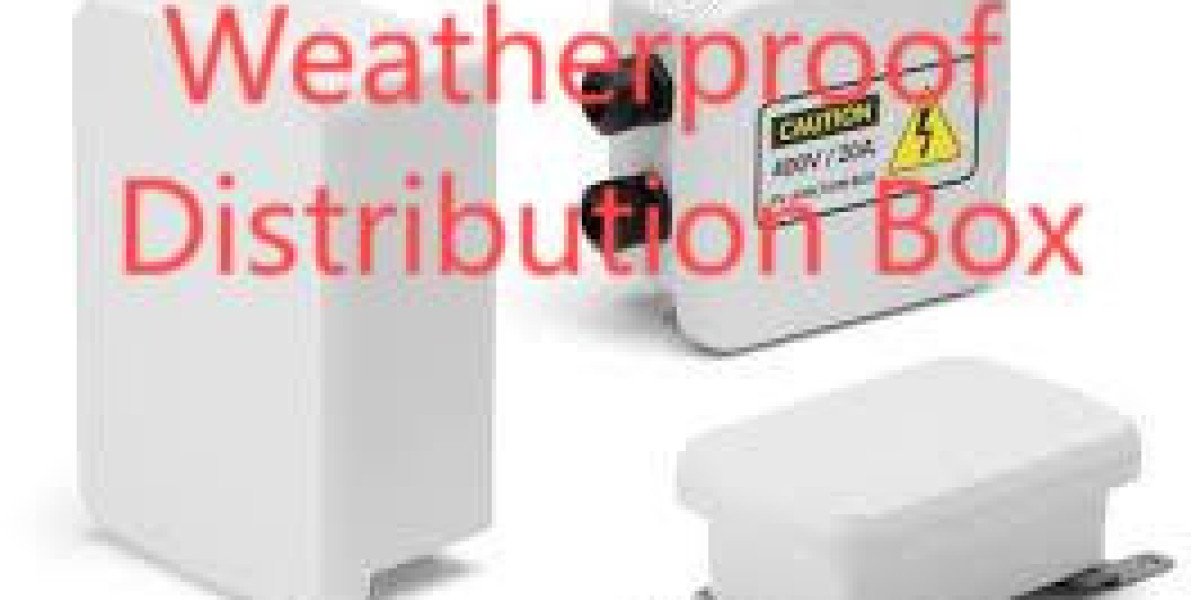Maintaining a reliable outdoor power setup means choosing the right weatherproof distribution box for garden use , which shields connections from rain, dust, and pests to guarantee dependable operation of lights, fountains, and irrigation systems.
1. Site-Specific Environmental Analysis
Before selecting an enclosure, survey your garden’s unique climate challenges. Coastal gardens contend with salt spray and high humidity, while woodland settings face falling debris and critters. Document rainfall patterns, UV exposure, temperature ranges, and airborne particulates. Use this data to choose materials—UV-stabilized polycarbonate resists sun damage, while marine-grade stainless steel wards off corrosion—and appropriate ingress protection ratings, from IP65 against low-pressure water jets to IP68 for temporary immersion.
2. Electrical Load Assessment and Scalability
A well-designed power distribution system accommodates current demands and future additions. Calculate total load requirements by summing wattages for LED fixtures, pump startup currents, and smart sensor modules. Select bus bars and terminal blocks rated at least 25% above these peak values to prevent overheating. Ensure internal space allows proper cable bend radii and room for expansion—crowded interiors trap heat and complicate maintenance. Planning ahead reduces the need for costly enclosure upgrades.
3. Schneider Electric’s Garden Enclosure Innovations
Schneider Electric offers modular solutions tailored for landscape applications. Their enclosures feature snap-in DIN-rail systems for quick component installation and dual-seal cable glands that maintain IP integrity despite temperature fluctuations. Optional surge protection modules defend against lightning strikes and voltage spikes. Integrated ports support moisture and temperature sensors for remote monitoring, enabling proactive alerts through home automation platforms and reducing unexpected outages.
4. Professional Installation and Sealing Techniques
Proper mounting and sealing are crucial for performance. Attach the box to a stable, level surface—such as a treated post or masonry—at least 12 inches above ground to avoid minor flooding. Clean the mounting area, then apply UV-resistant gasket sealant around flanges. Insert cables through correctly sized glands, torquing nuts to manufacturer specifications to compress O-rings without distortion. Orient drain channels downward to expel condensation, and separate power and control wiring to minimize electromagnetic interference.
5. Preventive Maintenance and Documentation
Routine servicing preserves enclosure integrity and system reliability. Inspect gaskets, fasteners, and housing biannually, especially after severe weather. Clean internal connections with non-conductive contact cleaner to remove oxidation, then apply dielectric grease for moisture repellence. Replace gaskets and breather vents annually—even if they appear intact—to maintain ingress protection. Record each maintenance action in a centralized log, noting torque readings and part replacements. This disciplined approach extends the life of your weatherproof distribution box for garden use, avoids unexpected failures, and supports efficient budget planning.
By tailoring your enclosure choice to environmental conditions, conducting thorough load assessments, leveraging advanced brand innovations, executing precise installation, and enforcing regular maintenance, you’ll enhance the durability of your garden’s electrical circuits—ensuring vibrant, reliable outdoor systems year after year. www.nante.com








